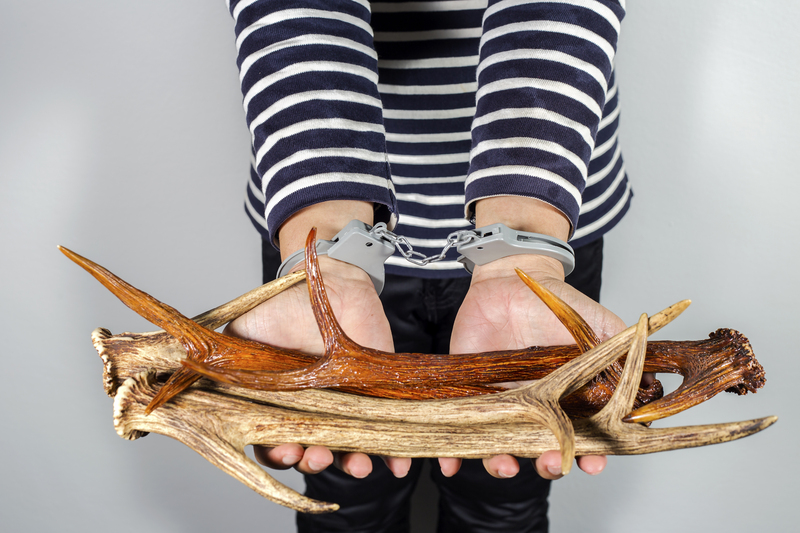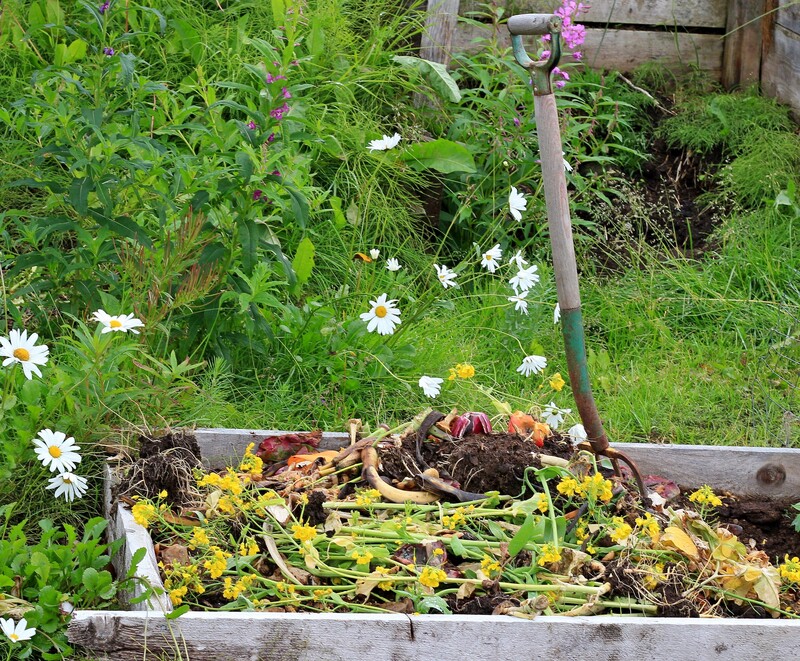The Ultimate Guide to Transforming Old Pots and Pans Through Recycling
Have you ever wondered what to do with your worn-out cookware? Rather than tossing them into the trash, there are sustainable and creative ways to transform old pots and pans through recycling. This comprehensive guide will walk you through eco-friendly solutions, practical tips, and innovative reuse ideas for giving your kitchenware a new lease of life.

Why Should You Recycle Old Pots and Pans?
Every year, thousands of tons of cookware end up in landfills. Most pots and pans are made from metals like aluminum, copper, and stainless steel, which take centuries to decompose. Recycling old kitchenware not only conserves natural resources but also reduces environmental pollution and energy usage in manufacturing processes. By recycling or upcycling, you contribute to a more sustainable and greener planet.
The Environmental Impact of Discarded Cookware
- Waste cluttering landfills for hundreds of years
- Lost opportunities for metal recovery
- Excessive energy consumption in extracting new raw materials
- Potential leaching of harmful chemicals into the soil
Choosing to recycle old pots and pans is a step toward making a meaningful difference in protecting our ecosystems.
How to Recycle Old Pots and Pans Responsibly
Before tossing your cookware, it's important to know the appropriate methods for recycling different types of pots and pans. The material of your cookware will determine the best recycling option.
Identifying Cookware Materials
- Aluminum: Lightweight, silvery metal, often used in non-stick pans.
- Stainless Steel: Durable, rust-resistant, and heavier than aluminum.
- Copper: Reddish-brown metal, excellent at conducting heat.
- Cast Iron: Very heavy, dark metal, often used for skillets and Dutch ovens.
- Non-stick Coated Pans: Aluminum or steel with a Teflon or ceramic coating.
*Always check with your local recycling center regarding accepted materials and preparation guidelines*
Preparing Pots and Pans for Recycling
- Clean Thoroughly: Wash off food residue and debris before dropping items off for recycling.
- Remove Handles and Lids: Many recycling centers require the removal of plastic or wooden parts.
- Sort by Material: Separate different metals if possible for easier processing.
- Check for Coatings: Some facilities cannot process non-stick coatings; confirm before delivery.
Where to Recycle Old Pots and Pans
- Local Recycling Centers: Many accept metal cookware; call ahead to confirm.
- Scrap Metal Yards: These often take a broader range of metals, including copper and cast iron.
- Municipal Waste Programs: Some cities offer special collection events for bulky household items.
- Retailer Take-Back Programs: Brands and stores occasionally offer trade-in or recycling incentives for old cookware.
Creative Ways to Repurpose Old Pots and Pans
If your cookware isn't suitable for traditional recycling, transforming old pots and pans through upcycling can be a fun and eco-friendly alternative. You don't need special skills; just a bit of creativity and inspiration.
DIY Garden and Home Projects
- Planters: Turn large pots and frying pans into unique flower or herb planters. Drill a few drainage holes, fill them with soil, and plant your favorite blooms.
- Bird Baths: Use a shallow pan perched atop a sturdy pole or tree stump for a rustic bird bath.
- Outdoor Candle Holders: Cast iron pans make sturdy bases for giant outdoor candles or lanterns.
- Household Art: Old lids and pans can become part of a kitchen-themed wall collage or a playful garden sculpture.
Handy Storage Solutions
- Desk Organizers: Small saucepans are the perfect containers for pens, brushes, or office supplies.
- Jewelry Dishes: Frying pans, especially those with interesting shapes or finishes, can keep your jewelry safe on your nightstand.
- Key Bowls: Place a decorative pan by your entryway for keys, coins, or sunglasses.
Clever Crafting Projects
- Clocks: Attach a battery-powered clock mechanism to a pot lid for a quirky kitchen clock.
- Photo Frames: Use old lids to create unique, round photo frames to hang on the wall.
- Wind Chimes: String together lids and small pans for a melodious garden wind chime.
Donation and Reuse: Extending The Life of Cookware
Even if your cookware is no longer suitable for your needs, it may still be useful to someone else. Consider these options before recycling:
- Charity Shops: Some thrift stores accept gently used pots and pans for resale.
- Community Groups: Schools, theaters, or community kitchens may welcome extra cookware, even if slightly battered.
- Online Marketplaces: Websites like Freecycle, Facebook Marketplace, or Craigslist offer platforms to give away or sell used items locally.
Understanding the Limits of Recycling
While most metal pots and pans are recyclable, non-stick coatings and mixtures of plastic and metal can complicate things. Non-stick pans with Teflon or ceramic coatings may not be accepted by regular metal recycling plants--always verify first.
If your center cannot accept non-stick coatings, consider upcycling, donating, or seeking specialized facilities that handle these materials.
Frequently Asked Questions about Recycling Old Pots and Pans
Can I recycle pots and pans curbside?
Most curbside recycling programs do not accept metal cookware due to sorting issues and safety concerns, but some municipalities offer special drop-off events for metals. Always check your local guidelines.
What do I do with non-stick pans?
If the non-stick coating is worn or damaged, many recycling centers cannot process these pans. Instead, contact scrap metal yards or consider upcycling them for arts, crafts, or storage projects.
Do I need to remove handles before recycling?
Yes, especially if the handles are made of plastic, wood, or rubber. Detachable parts should be separated to ensure proper processing.
Are there organizations that accept old cookware donations?
Many charities, shelters, and community kitchens accept gently used items. Call ahead to confirm their needs and acceptance policies.

Tips for Buying Recyclable Cookware in the Future
When it's time to replace your kitchenware, consider sustainable choices to ensure easier recycling later. Look for:
- Single-material pots and pans (e.g., pure stainless steel, cast iron, or aluminum)
- Removable handles and hardware for simplified processing
- Cookware from manufacturers with take-back or recycling policies
- Products advertised as "100% recyclable" or "eco-friendly"
Investing in durable, high-quality cookware also reduces waste overall by decreasing the frequency of replacements.
Conclusion: The Power of Recycling and Repurposing Cookware
Transforming old pots and pans through recycling isn't just about environmental responsibility--it's about creativity, community, and consciousness. By choosing to recycle, repurpose, or donate your unwanted kitchen items, you can make a meaningful and lasting impact on both the planet and your local community.
Whether through responsible recycling, upcycling into functional art, or passing cookware along to those in need, your old pots and pans can continue to serve a purpose for years to come. Embrace these simple steps and become part of a growing movement toward a cleaner, greener, and more resourceful world.
Start Transforming Your Old Pots and Pans Today!
- Assess your cookware--is it suitable for recycling, donation, or creative reuse?
- Research local resources to find the best recycling option near you.
- Unleash your creativity and find a new use for your old kitchen favorites.
- Share your upcycling projects to inspire others in your community.
The kitchen is the heart of the home--why not let your old cookware find a new heartbeat through recycling and transformation?